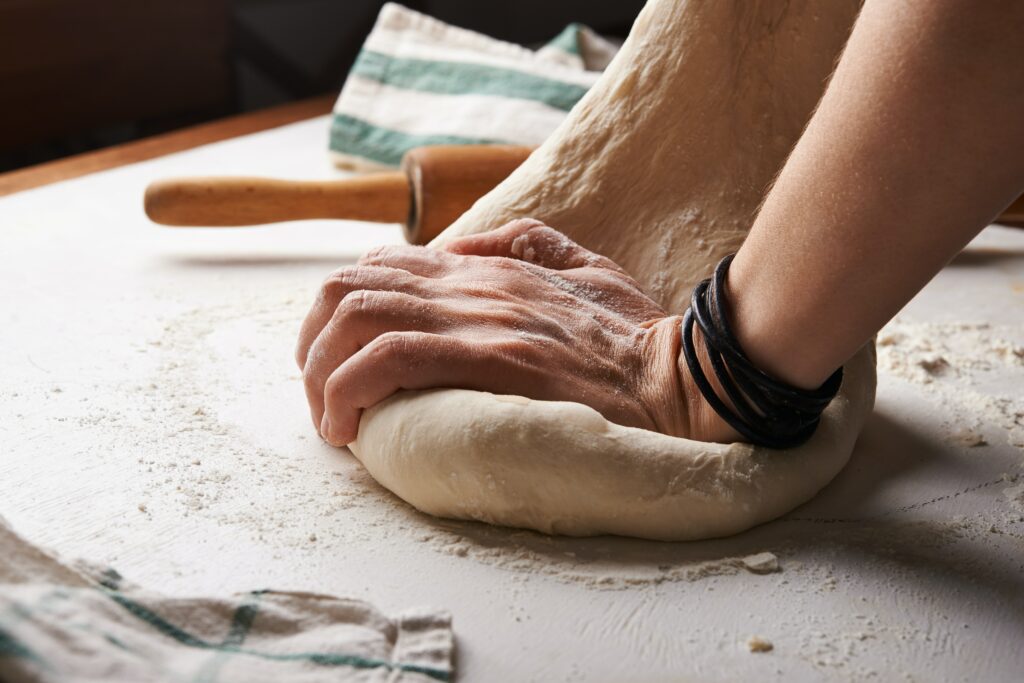
Making pizza dough requires flour, oil, a pinch of salt, and some yeast. Plus a container and your hands. I usually use a bowl, but it doesn’t have to be. As the dough rises, it fills the container’s nooks and crevices or tumbles over the edge of the bowl if you’ve left it too long. Water does this too. It takes the shape of whatever container it is put in, self-levels, and spills over if the container is too small.
Many digital tools and conversations have similar properties. They expand. Biometrics get used to solve a tangible, very specific problem as a one off and within a few years is part of the core ‘way we do things here’. When registering people for one project, we collect speculative data ‘just in case’. We fling datasets around the globe because it is easy. We collect heaps more data than 5 years ago because it is easy to collect, easy to process and analyse. Not because it leads to greater impact.
Conversations about limits. About edges. About deleting – are rare.
One of the things I’ve learned about making good pizza dough (or bread for that matter) is that it is combination of factors. How much yeast I put in. The warmth of the place it sits to rise and the time it is allowed to rise. But also, the knocking back stage, when I take out the dough and either re-knead it or shape it into the pizza base.
And here’s the thing. Knocking the air out of the dough, does not destroy it. And so this is not a post about destroying digital tools, but rather about understanding they will expand everywhere naturally. Therefore, we need governance, limits, and yes, sometimes a knocking back, a reshaping.

0 Comments